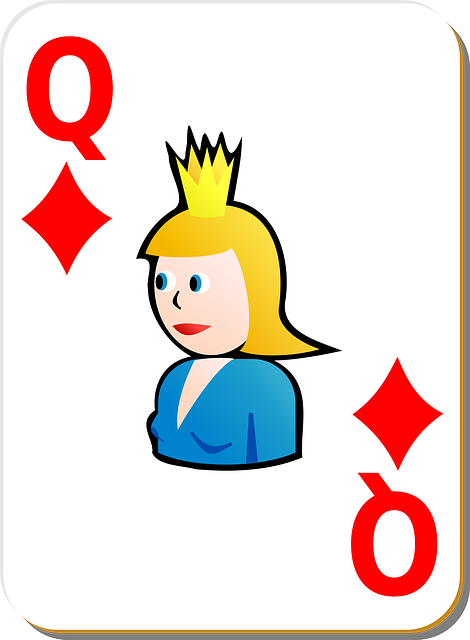Betting Odds Explained delves into the calculation and interpretation of gambling odds, a crucial concept guiding bettors' decisions. Bookmakers analyze historical trends, public sentiment, and bettor behavior to set odds that influence wagering and payouts. Different odds formats—fractional, decimal, and American—provide distinct insights: fractional shows profit relative to stake, decimal includes total return, while American uses positive/negative numbers to represent event likelihood. Understanding these formats is essential for navigating betting markets and refining strategies within the context of Betting Odds Explained.
Betting odds explained: demystifying the numbers that drive the sports betting world. This comprehensive guide breaks down the core concepts, shedding light on how bookies calculate odds and the various types used. From fractional to decimal and American formats, understand their implications for informed decision-making. By the end, you’ll navigate betting markets with newfound confidence, turning each wager into a calculated risk rather than a gamble.
- Understanding Basic Betting Odds Concepts
- How Bookies Calculate Betting Odds
- Different Types of Betting Odds and Their Implications
Understanding Basic Betting Odds Concepts

Betting odds are a fundamental concept in gambling, offering valuable insights into potential outcomes and the associated risks and rewards. When you hear someone refer to “the odds,” they’re typically talking about the probability of an event occurring, expressed as a ratio or fraction. In simple terms, it represents the likelihood that your wager will pay off. For instance, if you place a bet on a sporting event with odds of 2/1 (also written as 2.0), it means that for every unit wagered, you’ll receive two units in return—a profit—if your prediction is correct.
Understanding betting odds involves grasping key terms like ‘odds,’ ‘probability,’ and ‘return.’ Odds can be fractional, decimal, or American format, each providing a unique way to view the same information. Fractional odds (e.g., 3/1) show the profit you’ll receive for every unit bet; decimal odds (e.g., 2.50) represent the potential return on a $1 wager; while American odds (e.g., -150) indicate the amount you must wager to win $150. Deciphering these formats is crucial for anyone aiming to master the art of betting and make informed decisions based on the provided odds.
How Bookies Calculate Betting Odds

Bookmakers, or “bookies,” calculate betting odds using a complex formula that considers various factors to determine the likelihood of an event occurring. They start by analyzing historical data and trends related to the event, such as past performance in sports or election results. This initial assessment helps them establish a baseline probability.
Next, bookies factor in public sentiment and bettor behavior. They monitor betting patterns, popular choices, and the overall market movement. If an outcome is widely favored, odds will be adjusted downward to discourage excessive wagering on that particular selection. Conversely, if an event is considered less likely, odds will be increased to attract more bettors and potentially increase the pool of money wagered, which can lead to higher payouts.
Different Types of Betting Odds and Their Implications

Betting odds are a fundamental concept in gambling, offering valuable insights into potential outcomes and their likelihood. They take various forms, each conveying distinct information to bettors. Fractional odds, for instance, represent the potential payout relative to the stake, with ‘fractions’ indicating how much profit a bettor can expect for every unit wagered. Decimal odds, another common format, display the total return including the stake, making it easier to calculate potential winnings. These odds simplify complex probabilities, enabling bettors to make informed choices.
Moreover, American odds, often seen in sports betting, use positive or negative numbers to express the likelihood of an event occurring. Here, a ‘plus’ sign (+) indicates underdogs, while a minus (-) signifies favorites. This format provides a quick gauge of value, with bets on underdogs potentially offering higher returns. Understanding these odds types is crucial for navigating different betting markets and optimizing strategies within the broader Betting Odds Explained framework.
Betting odds are a fundamental concept for anyone engaging in sports wagering. By understanding how bookies calculate these odds, the different types available, and their implications, you can make more informed decisions and potentially enhance your betting strategies. Familiarizing yourself with basic betting odds concepts is the first step towards successful navigation in the world of sports gambling.






